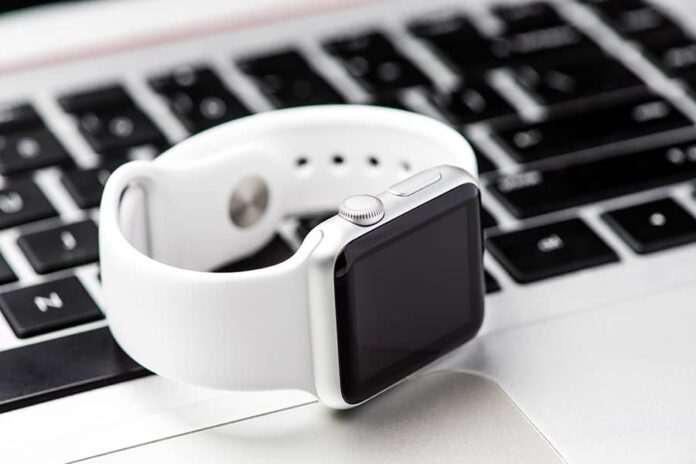For almost a decade, the Apple Watch has been an essential companion for my workouts at the gym. I rely on it daily to monitor my exercises, calorie burn, duration, and various other metrics.
It helps me stay focused by minimizing phone distractions while still allowing me to receive important notifications from family and friends. Additionally, I can manage my music and podcasts, time my breaks, and more with ease.
However, since its introduction, the Apple Watch has faced a significant issue that has plagued my gym experience: unintentional button presses caused by the back of my hand. This problem has become more pronounced in recent years as Apple’s wearable devices have increased in size.
The latest model for 2024, the Apple Watch Series 10, is the largest standard version yet, and the substantial size of the Apple Watch Ultra 2 doesn’t help either. Those of us who use an Apple Watch while working out are in dire need of a solution to this dilemma—and I believe I may have discovered one.
Just to clarify, I wear my Apple Watch in accordance with Apple’s recommendations. It’s on my wrist, specifically the left one, with the side button and Digital Crown positioned on the right for easy access with my right hand.
While I’m aware that Apple’s setup allows for different orientations and wearing it on the opposite wrist, this is my preferred method. Additionally, this style is commonly featured in Apple’s marketing materials and promotional images.
What’s the issue? During nearly every workout, I often find myself accidentally pressing the Digital Crown or the side button—sometimes even both—whether it’s once or multiple times, depending on the session.
My hands and arms are of average size, yet I’ve consistently struggled with my Apple Watch pressing against my wrist or the back of my hand.
This becomes especially troublesome during exercises that place weight on the wrists, such as pushups, bench presses, tricep extensions, dips, squats, or any activity that requires wrist flexion towards the elbow.
As Apple has introduced more features for these buttons over time, my frustrations have only increased. I frequently end up pausing my workout tracker or interrupting my music without meaning to.
This distraction can break your concentration and rhythm during a workout, and it’s particularly frustrating when you realize your session hasn’t been recorded until much later.
I’ve been using the Apple Watch Ultra 2 as my go-to device, and it introduces a bit of chaos with its loud 86-decibel siren, which I’ve accidentally set off multiple times, much to the amusement of those around me at the gym.
This issue has become frequent enough that I often need to make adjustments to my watch before starting certain workouts, and in moments of irritation, I’ve even taken it off completely.
While this isn’t a deal-breaker for me, it’s certainly the least enjoyable aspect of an otherwise perfect watch that meets all my fitness tracking and gym needs. However, I believe I’ve found a potential fix for this problem.
Suppose you’ve ever worn an Apple Watch while showering, bathing, or swimming. In that case, you’re likely aware of its advanced Water Lock feature, which is designed to prevent unintended touchscreen interactions in water.
Water Lock not only helps expel water from the speakers after swimming but also ensures that your Apple Watch doesn’t register any accidental touches that might interfere with your workout tracking or even stop it completely. It’s designed in such a way that you can’t unintentionally disable it, making it a fantastic addition for swimmers.
However, why hasn’t Apple considered implementing a reverse button press option for workouts? Imagine if watchOS 11 introduced a setting that automatically disabled button presses during specific workout types and could only be reactivated through touchscreen gestures or by deliberately pressing the Digital Crown.
The buttons on the Apple Watch are essential for features like Emergency SOS and can be used to pause workouts or mark segments; thus, I’m not advocating for their complete disablement.
However, having a mechanism to make these buttons less prone to accidental activation during weightlifting would be incredibly beneficial—it’s a feature I would always keep enabled.
A more sophisticated approach could involve utilizing accelerometer data to determine when an exercise is being performed, deactivating the buttons during sets but allowing them to function when resting.
While this might seem like a specialized feature, it could also assist runners or triathletes who are concerned about unintentionally interrupting their workout tracking during competitions.
The brilliance of the Water Lock feature in preventing inadvertent touchscreen issues is clear; I just don’t understand why similar functionality couldn’t be applied to the physical buttons on the device.

